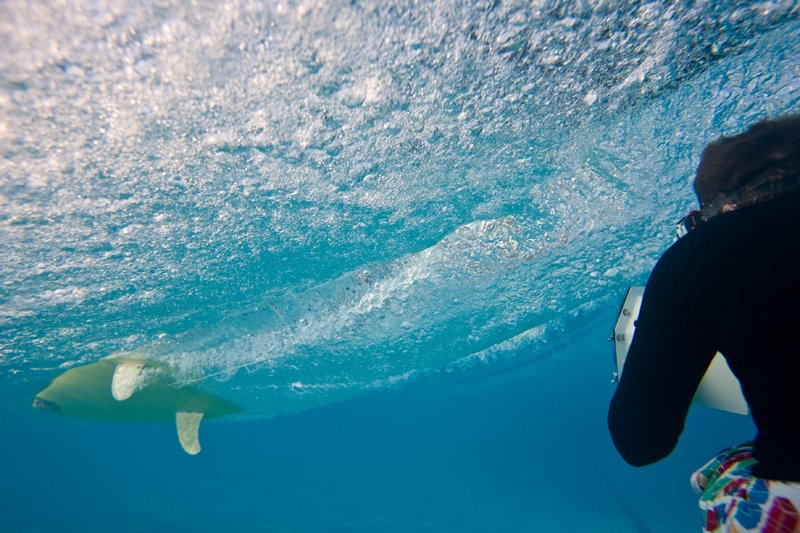Winglets eh? A lotta throwing around of terms and concepts here.
I just want to chime in a little and add some perspective to the airline industry as far as the fuel savings part of this conversation. Whoever said 5% is a lot would be correct. My wife flew for many years for TWA before they eventually were swallowed up by American then they all got fenced in to their hub, then furloughed, then basically got the shaft.
After Pan Am went under, TWA had to be very resourceful in order to survive through many challengiing times. One of the fuel saving practices that TWA pilots imparted to the rest of the airline industry was using one engine to taxi out to the runway for takeoff.
Jet fuel ain’t cheap, and I still wince when I think of the regular practice of dumping fuel once they are up, but they have to have it for saftey’s sake. The comment about the savings being once the planes are up at cruising altitiude is probably pretty on…you notice how they try to get up to crusing altitude as quickly as possible, and this of course has many considerations surrounding it: air traffic, weather conditions, surrounding topography, plane model, freight and pax (passenger) load, etc. .It was Howard Hughes that figured drag coefficients were less way up high, where the air is thin, and that was before jet propulsion.
You don’t see winglets on every type of plane though…can’t recall seeing them on 747, 757 767 or 777’s…maybe their on L1011’s or some RJ’s (regional jets)? I’d have to look it up. Maybe winglets are on McConnell Douglas designs verus Boeing??? Are any on Airbuses? I’d really have to research.
Anyway, I’ll let you guys bash out the details on whether winglets are worth it. I don’t know about the estimated cost of $25K being correct or not, but that wouldn’t be terribly prohibitive on a $10 mil. plane IF it paid big dividends on fuel savings…a lot of these planes are in service for decades, and flying a helluva lotta routes and miles. The 747’s are disappearing becuz although they were like comfy Caddies of yesteryear, they are also gas guzzlers.
A lot of domestic flights that once ran 737’s (United has retired all theirs) are now running smaller more ecnomical RJ’s.
Survival is the name of the game for the airlines, winglets or not.
Just did a quickie little research…winglets retrofit $725,000. Fuel savings and hundreds have been added on 737’s and other types of plane. See this article:
http://www.usatoday.com/money/biztravel/2006-06-05-winglets-money-x.htm
Crap, I just tried this link and it didn’t take it to the article…hmmm. Anyway if you put in Yahoo Browser USA Today Planes with Winglets,…it should come up…article title is "Get Used to Seeing Planes with…
Winglets or not, my vote was for The Concorde…IMO the most beautiful plane ever designed albeit not practical.
